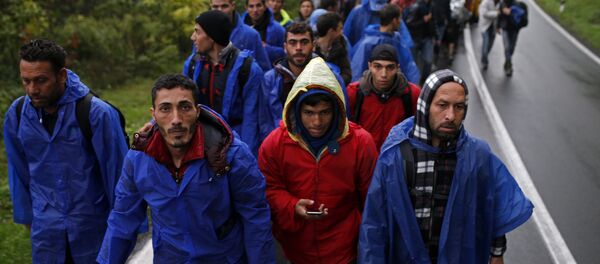Despite the inflow slowly abating, challenges still remain for Swedish society, argues Mikael Ribbenvik, chief operating officer at Sweden's Migration Board.
According to the UN Refugee Agency UNHCR, three times as many people have crossed the Mediterranean so far in 2016 than in the same period in 2015. The urge for refuge in Europe has not decreased, but at the same time it has become much more difficult to get to Northern Europe and Sweden in particular.
According to Ribbenvik's statement, this is a direct effect of the EU's harmonized efforts to stave off undocumented migrants. However, it is still possible that control measures to restrain migration may fail completely, he pointed out at the same time.
The forecast for the coming years up to 2020 has also seen the state's expenditure regarding immigration decreasing sharply compared with the previous forecast. Instead of the initially planned 327 billion krona (40 billion dollars) over five years, the present-day estimate proceeds from 234 billion krona (29 billion dollars), which marks a decrease of 93 billion krona (11.5 billion dollars), Aftonbladet reported.
"Municipalities, authorities and the society in general are also facing challenges, both in regards to asylum seekers who stay in Sweden and those to be ejected. The number of appealed asylum cases is bound to increase dramatically in coming years, as well as the number of people who need to return. At the same time, society needs to create long-term prerequisites to accommodate those who are allowed to stay in Sweden," Ribbenvik concluded.
Vår senaste migrationsprognos: Troligt med färre asylsökande 2016. https://t.co/eTRUaITqML #SvPol #MigPol pic.twitter.com/JR4i40J4ws
— Migrationsverket (@Migrationsverk) April 27, 2016




